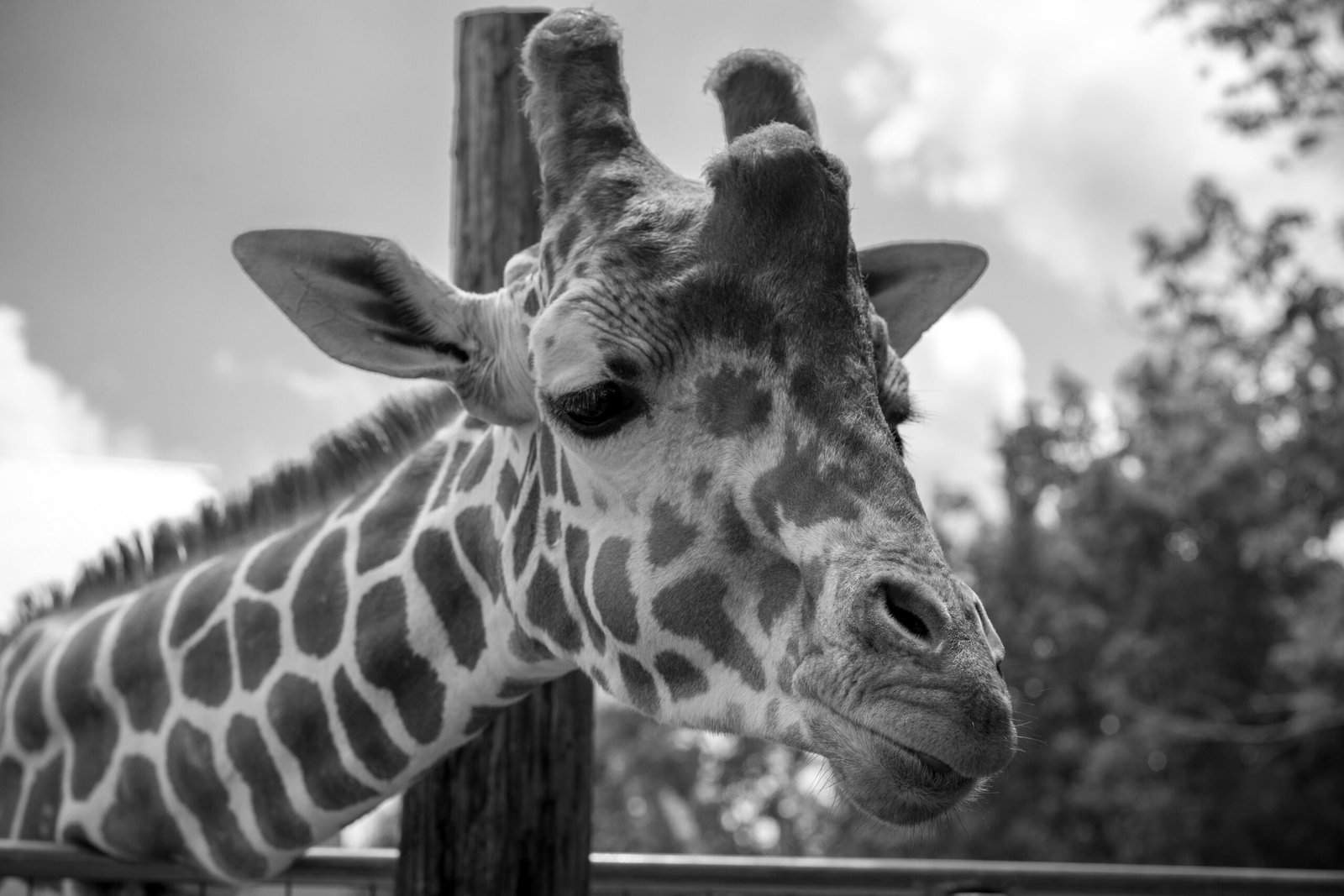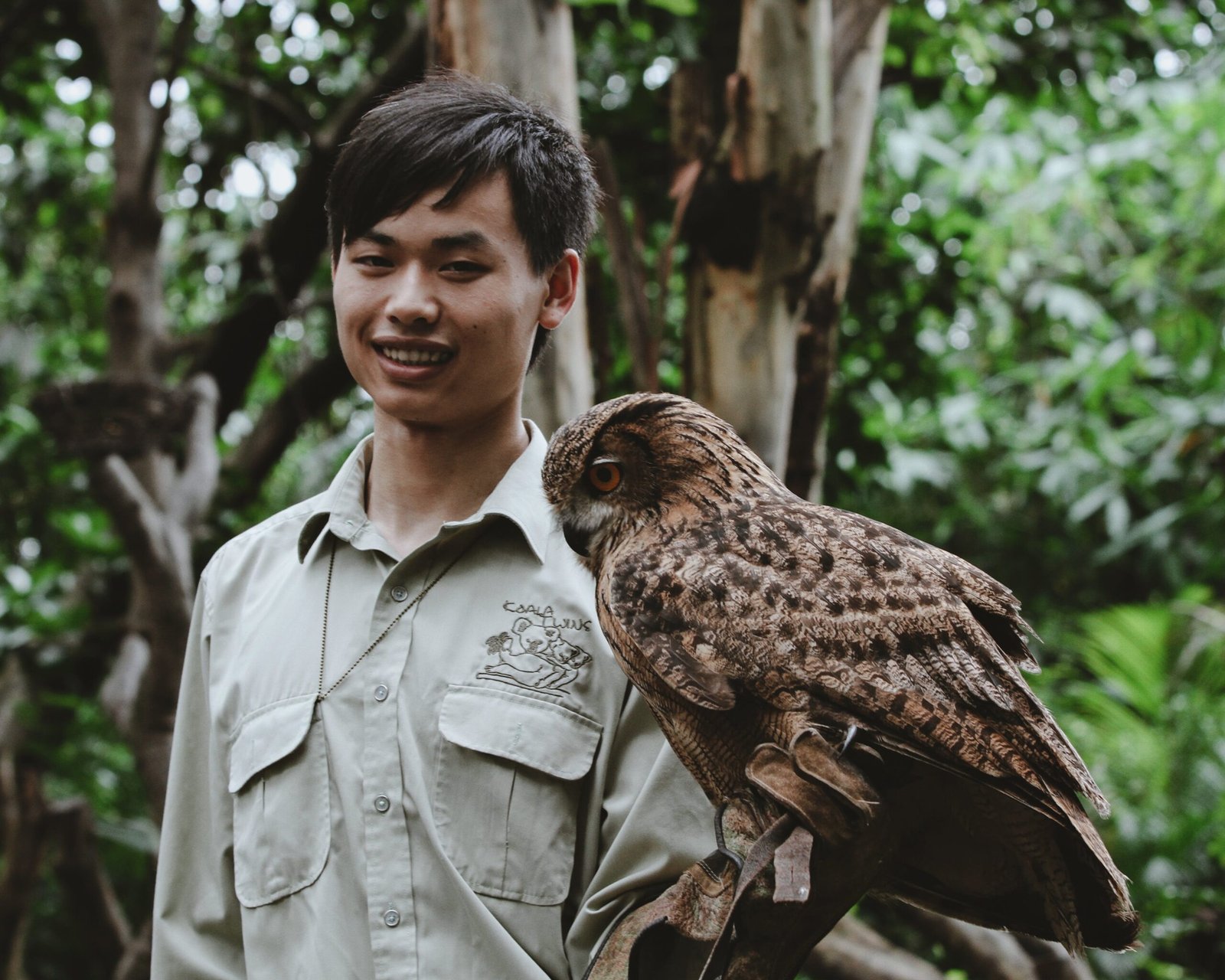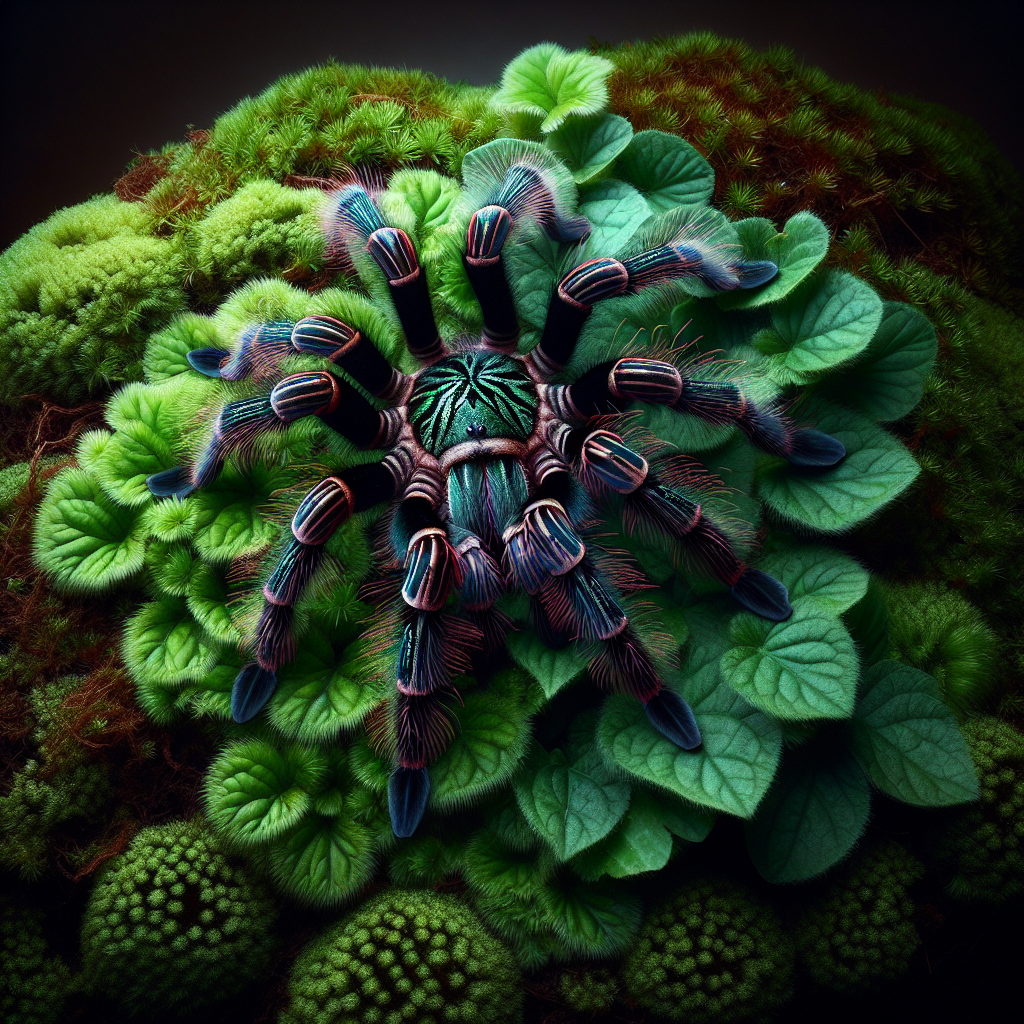Have you ever wondered if tarantulas can successfully breed in captivity without the need for a cooling period? This intriguing question has caught the attention of arachnid enthusiasts and researchers alike. In this article, we will explore the possibility of tarantula breeding without a cooling period and delve into the fascinating world of captive tarantula reproduction. So grab a cup of tea, and let’s embark on this captivating adventure to uncover the secrets of tarantula breeding!

Overview
Introduction to tarantulas in captivity
Tarantulas are fascinating creatures that have become popular pets among enthusiasts. Keeping tarantulas in captivity allows individuals to observe their unique behaviors and appreciate their beauty up close. In recent years, there has been a growing interest in breeding tarantulas in captivity, not only for the joy of witnessing the entire life cycle of these creatures but also for conservation purposes.
Importance of breeding tarantulas in captivity
Breeding tarantulas in captivity serves multiple purposes. Firstly, it reduces the demand for wild-caught tarantulas, which can have a detrimental impact on their populations in the wild. By breeding tarantulas in captivity, we can help preserve their genetic diversity and reduce the pressure on their natural habitats. Additionally, captive breeding provides a valuable opportunity to study and understand tarantula biology, behavior, and reproductive patterns.
Role of cooling period in tarantula breeding
Traditionally, breeding tarantulas in captivity has involved the use of a cooling period. This cooling period mimics the seasonal changes in temperature experienced by tarantulas in the wild, which stimulates their reproductive behavior. However, recent discussions and experiments have raised the question of whether a cooling period is necessary for successful breeding. This article aims to explore the factors affecting tarantula breeding, the role of the cooling period, and the possibility of breeding tarantulas without it.
Factors Affecting Tarantula Breeding
1. Temperature
Temperature plays a crucial role in tarantula breeding. Tarantulas require specific temperature ranges to initiate mating behaviors and stimulate reproductive processes. In general, warmer temperatures simulate the approach of the mating season, triggering the male tarantula’s courtship behavior and the female’s receptivity to mating.
2. Humidity
Humidity is another critical factor in tarantula breeding. Tarantulas typically inhabit humid environments in the wild, and replicating these conditions in captivity is vital for successful breeding. Maintaining optimal humidity levels ensures proper hydration of the tarantulas, as well as the health and viability of their eggs.
3. Feeding
Proper nutrition is necessary for tarantulas to reach sexual maturity and engage in successful breeding. A well-balanced diet that includes a variety of prey species is crucial for healthy tarantulas and optimal reproductive outcomes. Adequate feeding ensures that both male and female tarantulas have the energy and nutritional reserves necessary for mating and producing fertile eggs.
4. Mating Techniques
Understanding the mating behavior and techniques of tarantulas is essential for successful breeding. Different tarantula species have unique courtship rituals, which may involve specific movements, drumming, or vibrations. By observing and replicating these behaviors in captivity, breeders can increase the likelihood of successful mating and egg fertilization.
5. Genetics and Species
Genetics play a significant role in tarantula breeding. Breeding tarantulas of the same species with compatible genetics increases the chances of successful reproduction. In some cases, interbreeding between closely related species may be possible, but caution must be exercised to prevent hybridization and maintain the integrity of each species.

Understanding the Cooling Period
1. Definition of a cooling period
A cooling period refers to a period of reduced temperatures that tarantulas may experience in the wild during certain times of the year. This period typically involves lowering the ambient temperature and manipulating the day-night cycle to emulate seasonal changes. It aims to trigger the tarantula’s natural responses to prepare for mating and reproduction.
2. Purpose of a cooling period
The cooling period serves as a crucial trigger for tarantulas to prepare for breeding. Lowering temperatures and modifying environmental conditions simulate the approaching mating season, causing hormonal changes that stimulate reproductive behaviors in both male and female tarantulas. It is believed that the cooling period helps synchronize the timing of mating, egg-laying, and hatching among tarantulas of the same species.
3. Natural cooling periods in the wild
In the wild, tarantulas experience natural cooling periods that vary depending on their geographical location and climate. These periods coincide with seasonal changes, such as winter or the onset of the rainy season. Tarantulas have evolved to respond to these changes by adjusting their behavior and reproductive processes to optimize their chances of successful breeding.
4. Simulation of a cooling period in captivity
In captive breeding, some breeders opt to simulate a cooling period to replicate the natural conditions experienced by tarantulas in the wild. This can involve gradually lowering temperatures and adjusting the photoperiod to mimic the changing seasons. By doing so, breeders aim to trigger the tarantulas’ physiological responses and increase the likelihood of successful breeding.
Tarantulas Breedable without Cooling Period
1. Species that can be bred without a cooling period
While a cooling period has traditionally been considered necessary for successful tarantula breeding, recent studies and anecdotal evidence suggest that some species may be bred without undergoing a cooling period. Examples of tarantula species that have shown potential for successful breeding without a cooling period include the Mexican red-knee tarantula (Brachypelma smithi) and the Brazilian black tarantula (Grammostola pulchra).
2. Optimal conditions for breeding without cooling
Creating optimal conditions for breeding without a cooling period requires careful attention to temperature, humidity, nutrition, and mating techniques. Maintaining stable temperatures around the upper end of the tarantula’s preferred range, providing adequate humidity, and ensuring a varied and nutritious diet are crucial for successful breeding. Additionally, understanding and replicating the species-specific courtship behaviors and techniques can enhance the chances of successful mating.
3. Success stories of breeding without cooling
Some breeders have reported successful breeding outcomes without subjecting their tarantulas to a cooling period. These success stories demonstrate the potential for breeding tarantulas in captivity without relying on traditional cooling methods. The ability to breed certain species without a cooling period opens up new possibilities for tarantula enthusiasts and contributes to the conservation of these unique creatures.

Benefits and Drawbacks of Skipping the Cooling Period
1. Benefits of breeding tarantulas without cooling
Breeding tarantulas without a cooling period offers several benefits. Firstly, it simplifies the breeding process, eliminating the need for temperature manipulation and photoperiod modifications. This can save time and resources for breeders, making tarantula breeding more accessible to a wider audience. Additionally, breeding without a cooling period can lead to more consistent and predictable breeding outcomes, as it eliminates the potential risks and challenges associated with cooling.
2. Drawbacks and potential risks
Skipping the cooling period in tarantula breeding also presents some drawbacks and potential risks. Without the cooling period, tarantulas may not exhibit natural behaviors and reproductive patterns, leading to lower mating success rates. Additionally, removing the cooling period may disrupt the synchronization of tarantula breeding cycles, making it challenging to coordinate breeding efforts among breeders.
3. Ethical considerations for skipping the cooling period
When considering skipping the cooling period, ethical considerations come into play. Breeding tarantulas without replicating their natural conditions may not provide them with the most optimal environment for reproduction. It is essential to carefully consider the welfare of the tarantulas and ensure that breeding practices prioritize their health, physiological needs, and long-term viability.
Breeding Techniques for Tarantulas Without Cooling
1. Monitoring and maintaining optimal temperature and humidity
To successfully breed tarantulas without a cooling period, it is crucial to monitor and maintain optimal temperature and humidity levels consistently. Regular temperature checks and adjustments, along with proper ventilation and humidity control, can help create a suitable breeding environment for tarantulas.
2. Enhancing mating behaviors and conditions
Observing and understanding the natural mating behaviors of tarantulas is key to breeding success. By providing appropriate substrate, shelter, and visual barriers in the breeding enclosure, breeders can enhance the tarantulas’ natural courtship behaviors and increase the likelihood of successful mating.
3. Maximizing feeding and nutrition for breeding
Optimizing the feeding and nutrition of breeding tarantulas is crucial for their reproductive success. Providing a varied diet of suitable prey items and ensuring access to fresh water at all times will help fortify the tarantulas’ energy reserves and improve their chances of successful breeding.
4. Expert tips and tricks for successful breeding
Experienced tarantula breeders have developed various tips and tricks that can increase the chances of successful breeding without a cooling period. These may include adjusting the light cycle, introducing visual cues, or using specific breeding enclosures or substrates. Consulting with experts and learning from their experiences can greatly improve breeding outcomes.

Scientific Studies and Research
1. Experimental studies on breeding tarantulas without cooling
Scientific studies and experimental research are ongoing to explore the feasibility and outcomes of breeding tarantulas without a cooling period. Researchers are investigating the effects of temperature, humidity, and feeding regimes on mating success rates and offspring viability. These studies aim to provide evidence-based guidelines and recommendations for breeders interested in skipping the cooling period.
2. Long-term effects on offspring health and viability
One area of research focuses on evaluating the long-term effects of breeding without a cooling period on the health and viability of offspring. Researchers are investigating whether skipping the cooling period affects the developmental stages, growth rates, and overall fitness of tarantula offspring. Understanding these long-term effects is crucial for ensuring the welfare and sustainability of captive-bred tarantulas.
3. Comparing breeding success with and without cooling
Comparative studies assessing the breeding success rates between tarantulas bred with and without a cooling period are also being conducted. These studies aim to determine whether skipping the cooling period has a significant impact on the overall breeding outcomes and the reproductive potential of tarantula populations.
Expert Opinions and Perspectives
1. Interviews with experienced tarantula breeders
Gaining insights from experienced tarantula breeders is invaluable when considering the potential of breeding without a cooling period. Interviews with these breeders provide firsthand experiences, tips, and perspectives on the challenges and benefits of breeding tarantulas in captivity. These interviews help shed light on the complexities and possibilities of tarantula breeding.
2. Different viewpoints on skipping the cooling period
The tarantula breeding community holds different viewpoints on the topic of skipping the cooling period. Some breeders believe that replicating the natural conditions experienced by tarantulas is essential for successful breeding and the overall health of the spiders. Others argue that with careful monitoring and management, tarantulas can be bred successfully without going through a cooling period. Exploring these differing viewpoints allows breeders to make informed decisions based on their specific goals and circumstances.
3. Recommendations and considerations from experts
Experts in the field of tarantula breeding offer recommendations and considerations for those interested in breeding without a cooling period. These recommendations may include species-specific guidelines, optimal environmental conditions, and potential challenges to be aware of. Listening to expert opinions can provide valuable guidance and help breeders navigate the complexities of tarantula breeding.

Conclusion
Summary of breeding tarantulas without cooling
Breeding tarantulas without a cooling period is an exciting and evolving area of tarantula husbandry. While traditional breeding practices have relied on a cooling period to stimulate reproductive behaviors, recent advancements suggest that it may be possible to successfully breed certain tarantula species without this cooling period. Promising results, success stories, and ongoing research provide optimism for the future of tarantula breeding without cooling.
Future research directions
The field of tarantula breeding without a cooling period is still relatively new and requires further research. Future studies should focus on expanding the knowledge base, evaluating the long-term effects on offspring health, and determining the optimal breeding techniques for various tarantula species. Continued scientific research will contribute to the development of evidence-based guidelines and recommendations for breeders.
Implications for the tarantula breeding community
The possibility of breeding tarantulas without a cooling period has significant implications for both tarantula enthusiasts and conservation efforts. It offers new opportunities for breeders to contribute to the captive population and reduce the demand for wild-caught tarantulas. However, careful consideration of the welfare and long-term viability of tarantulas is essential. The tarantula breeding community must continue to share knowledge, experiences, and best practices to ensure the well-being of these captivating creatures.
